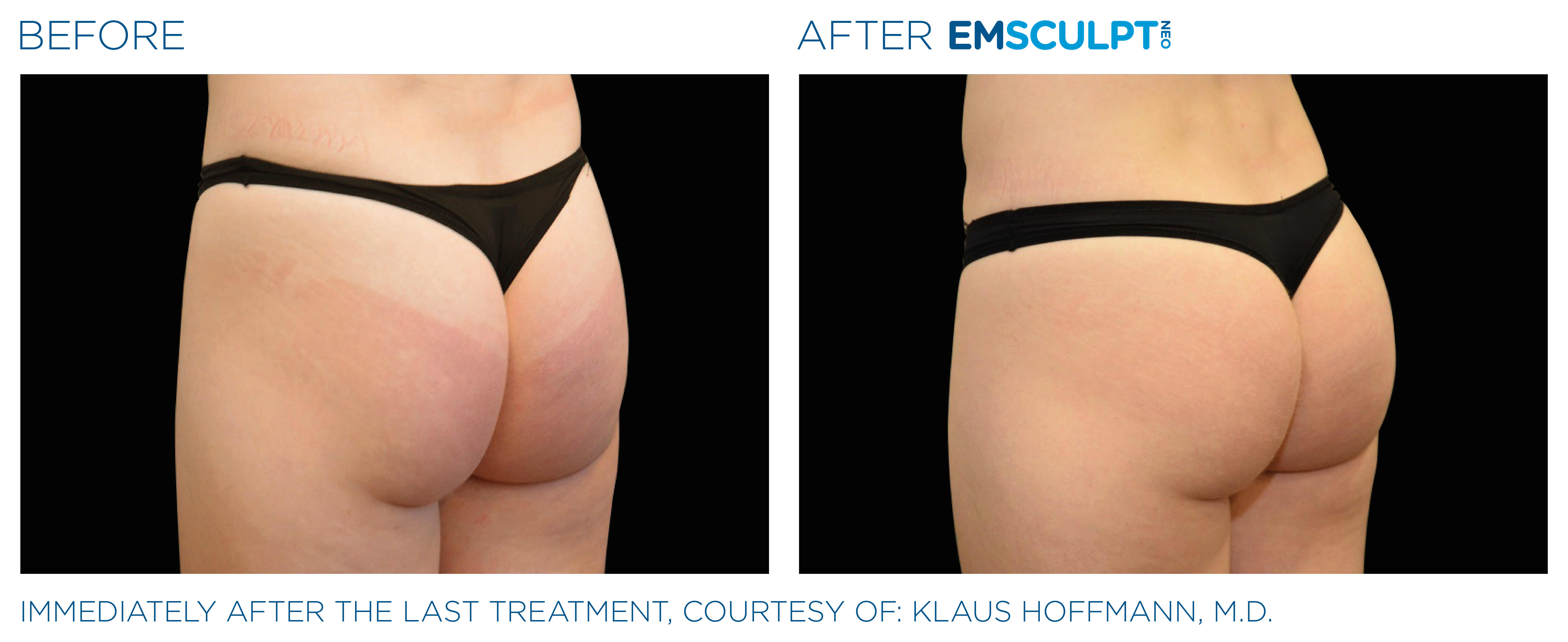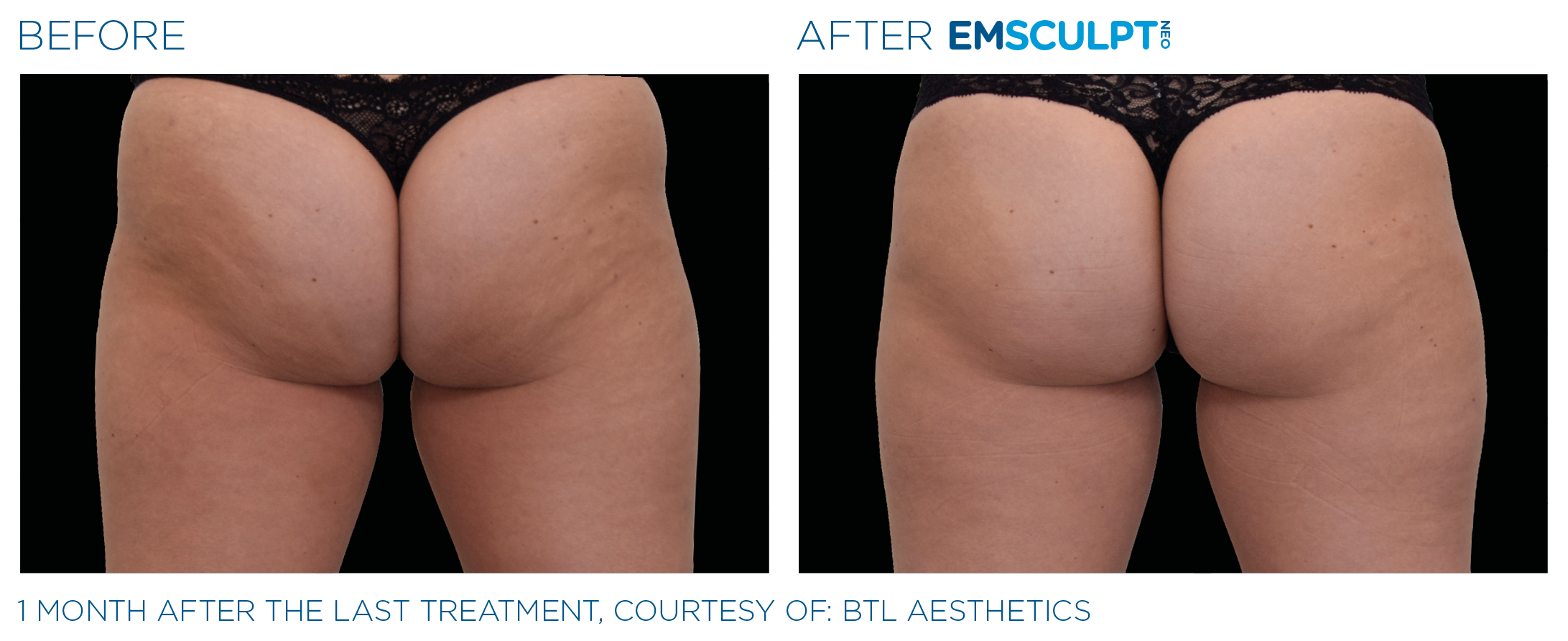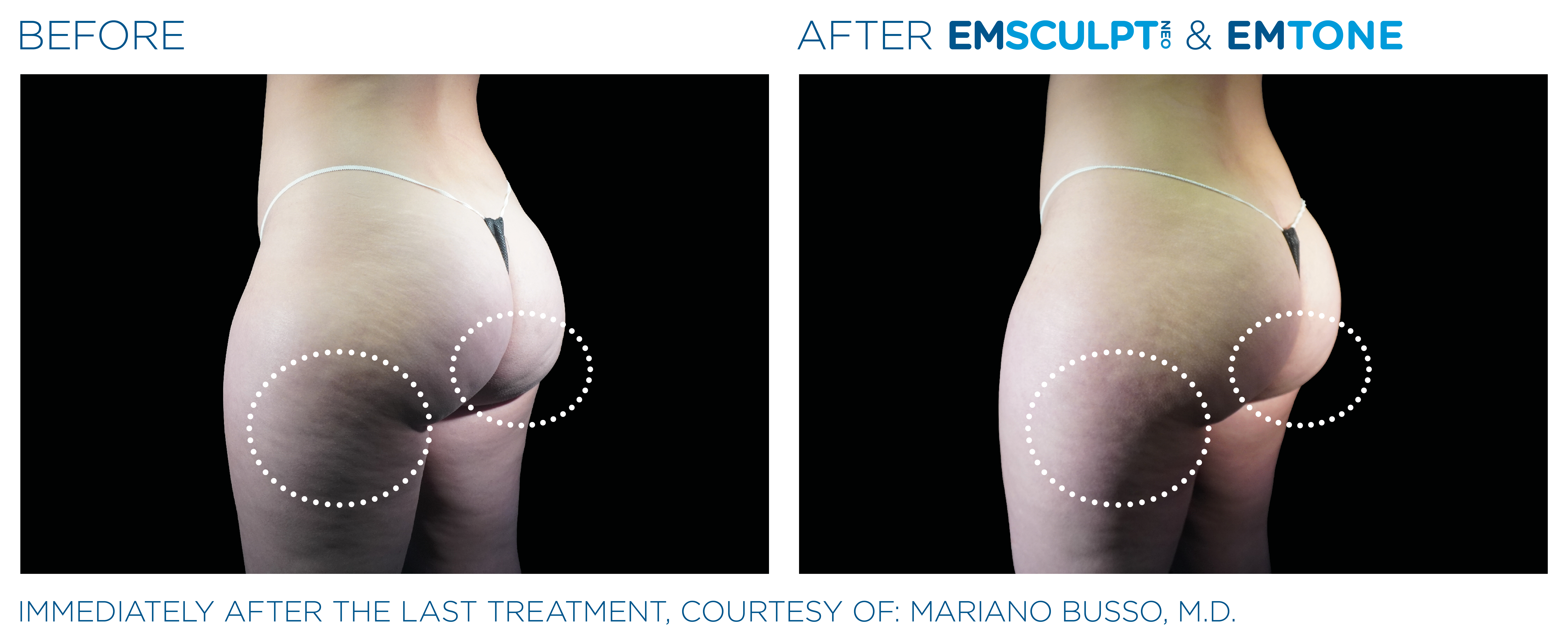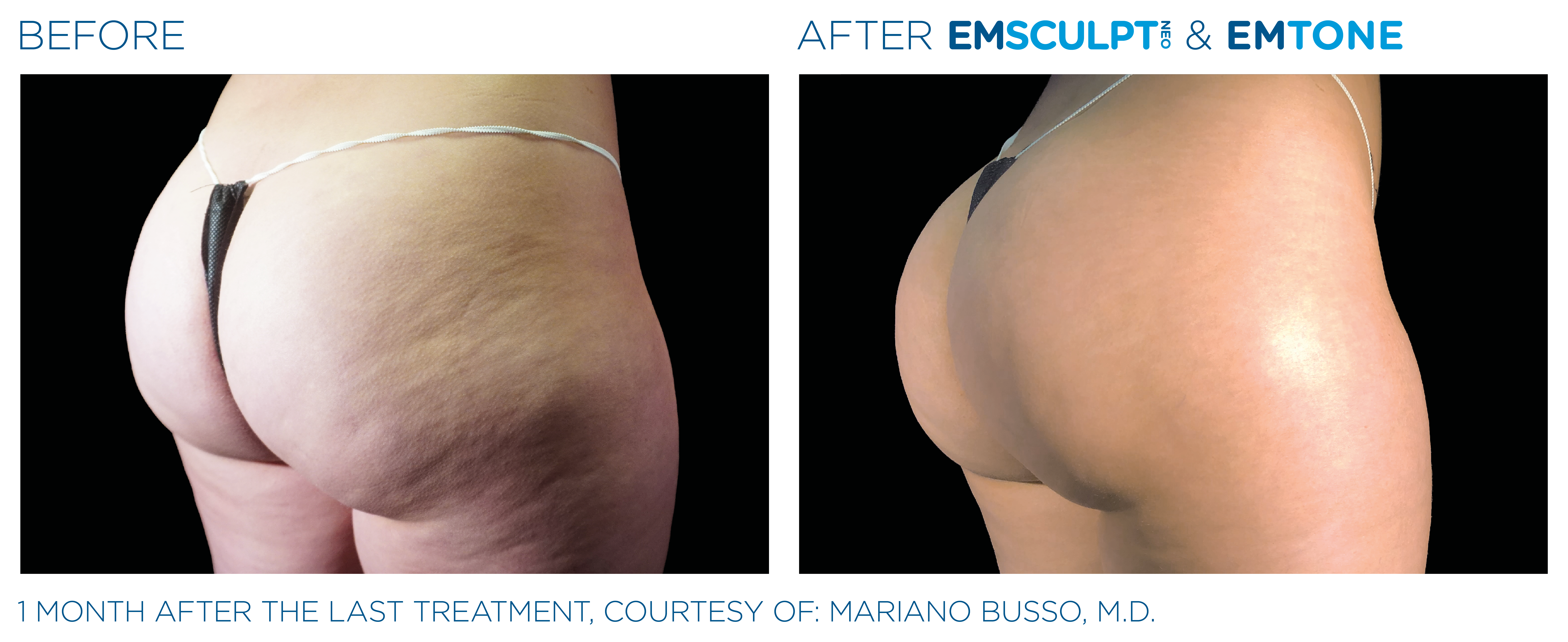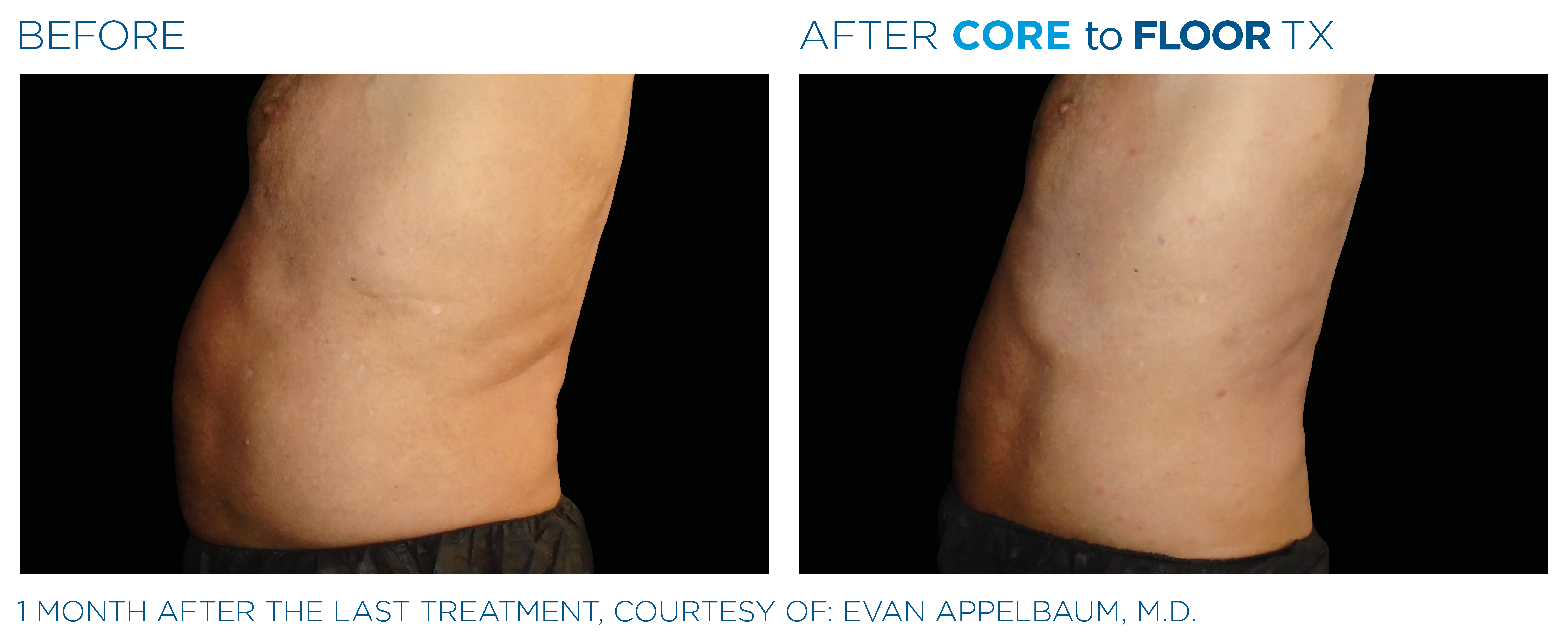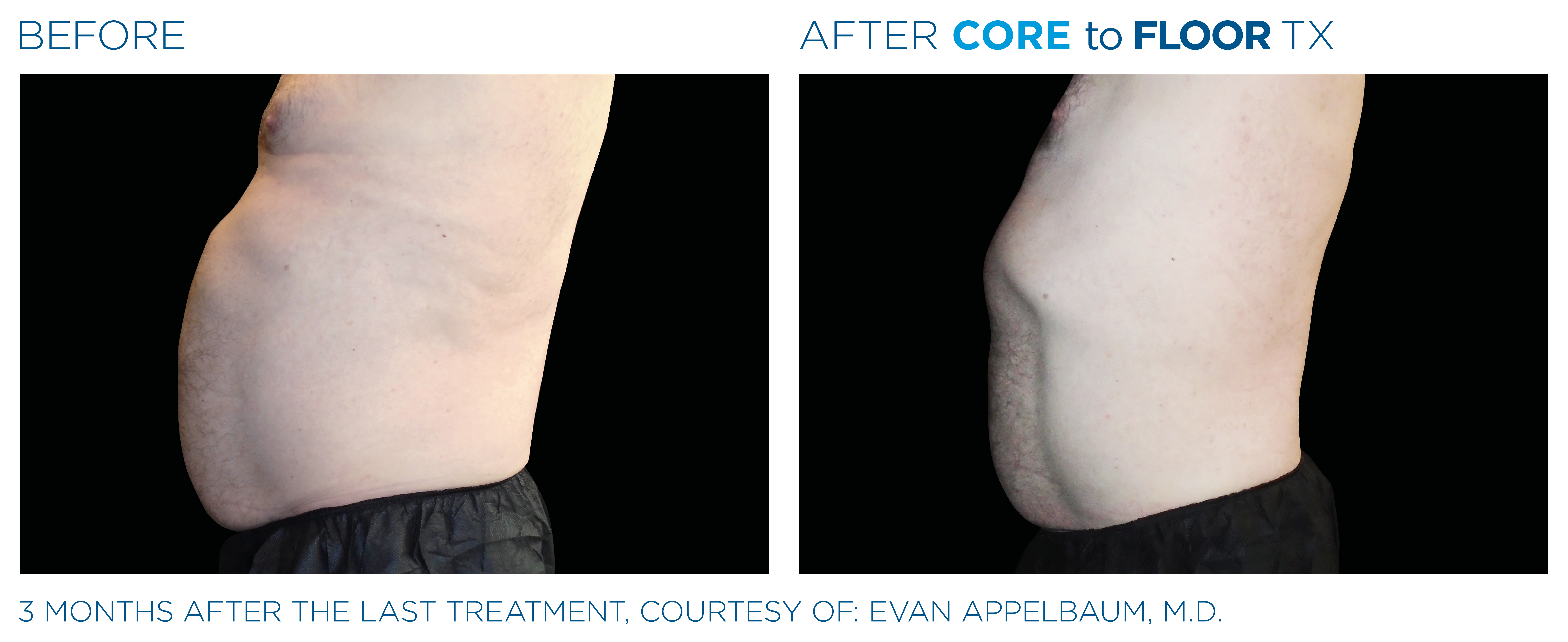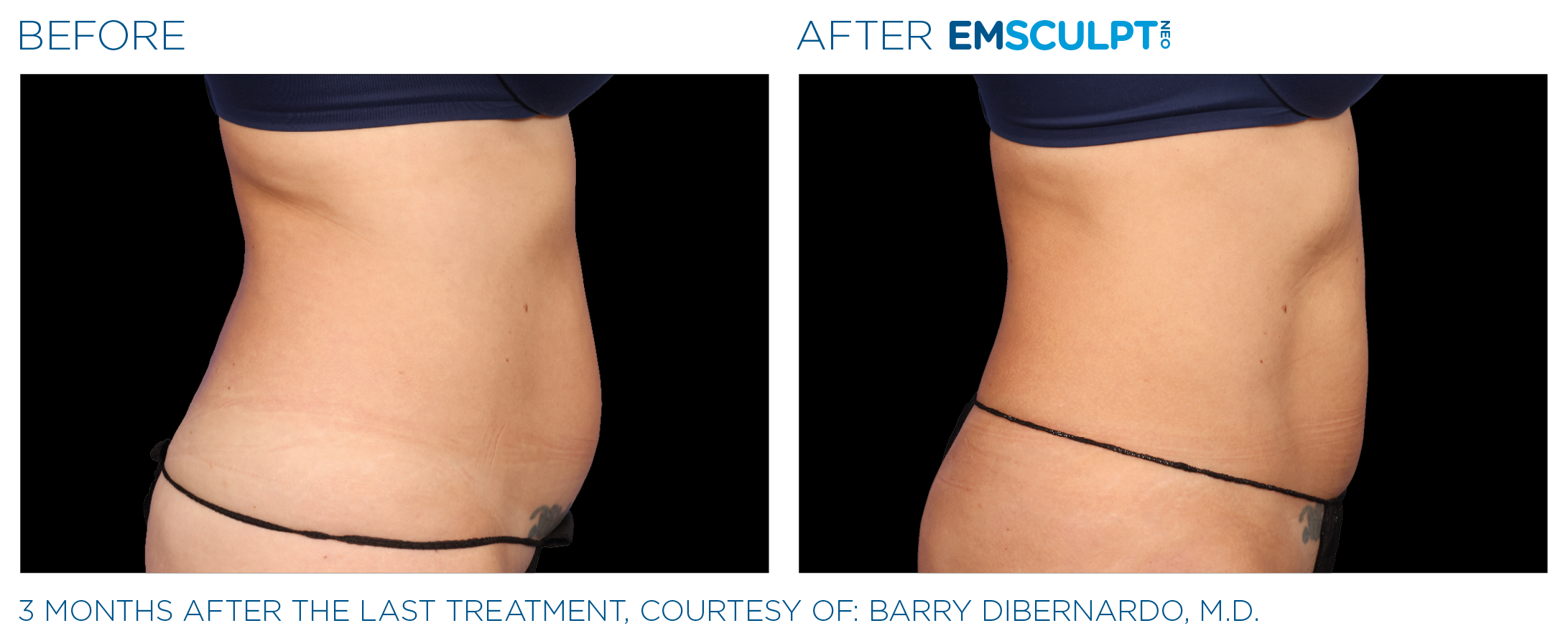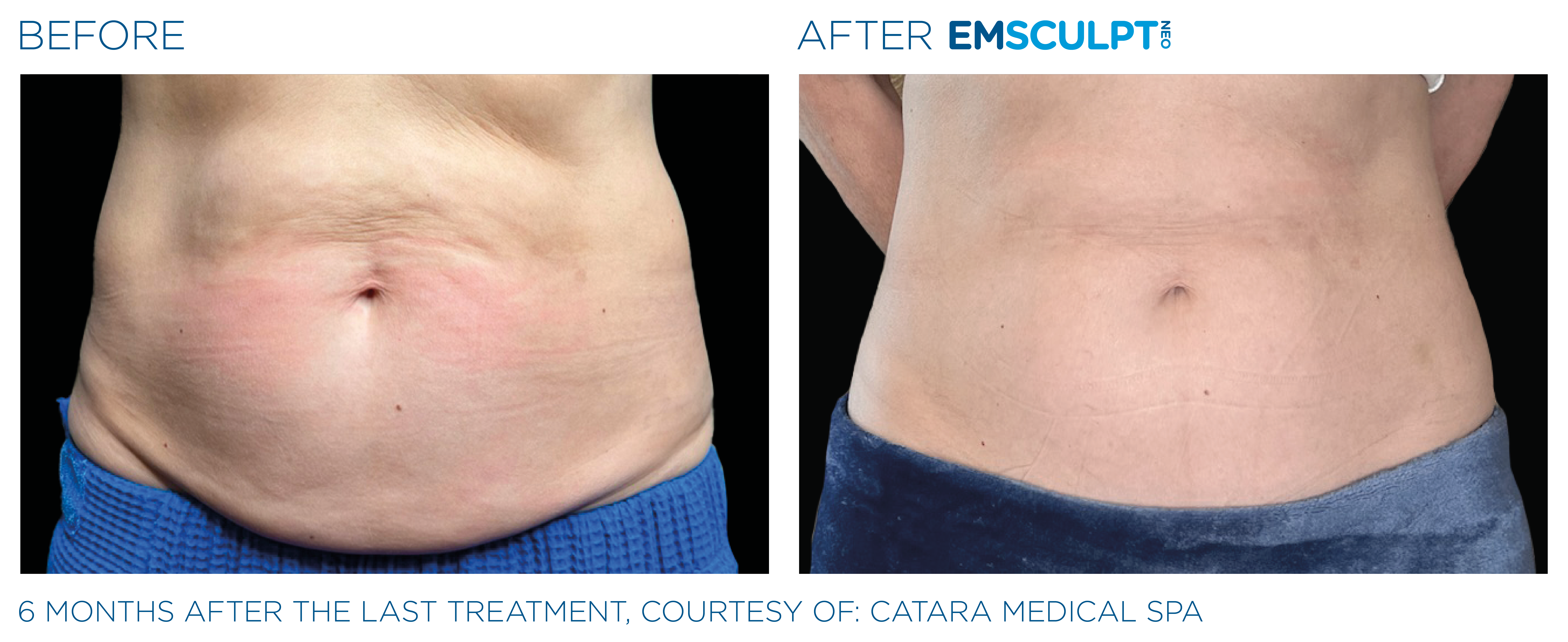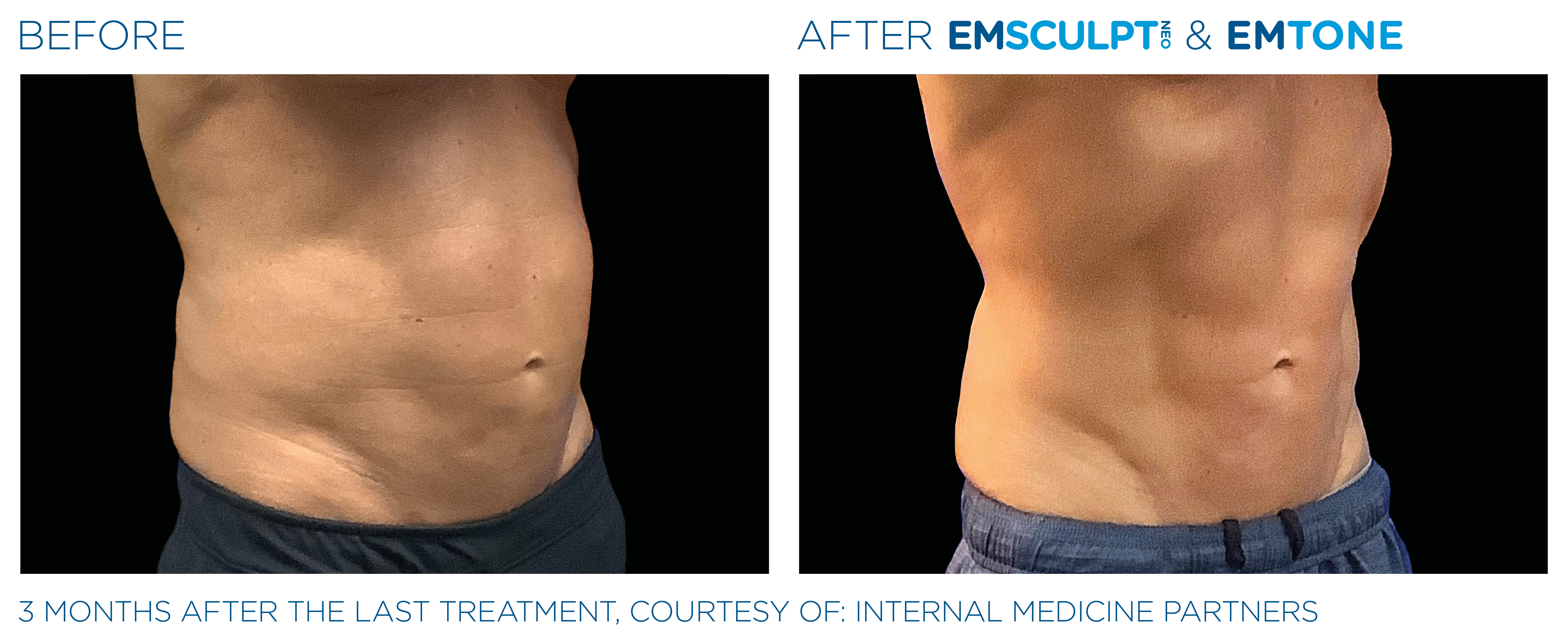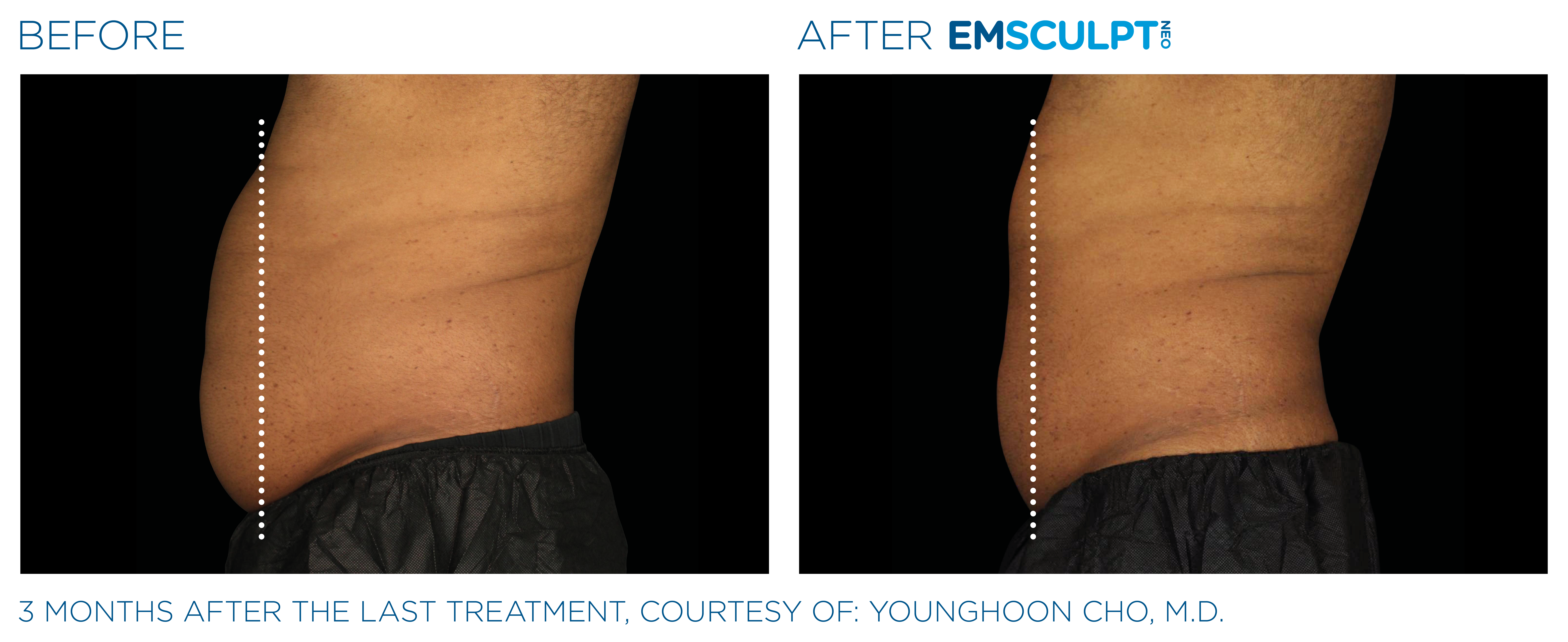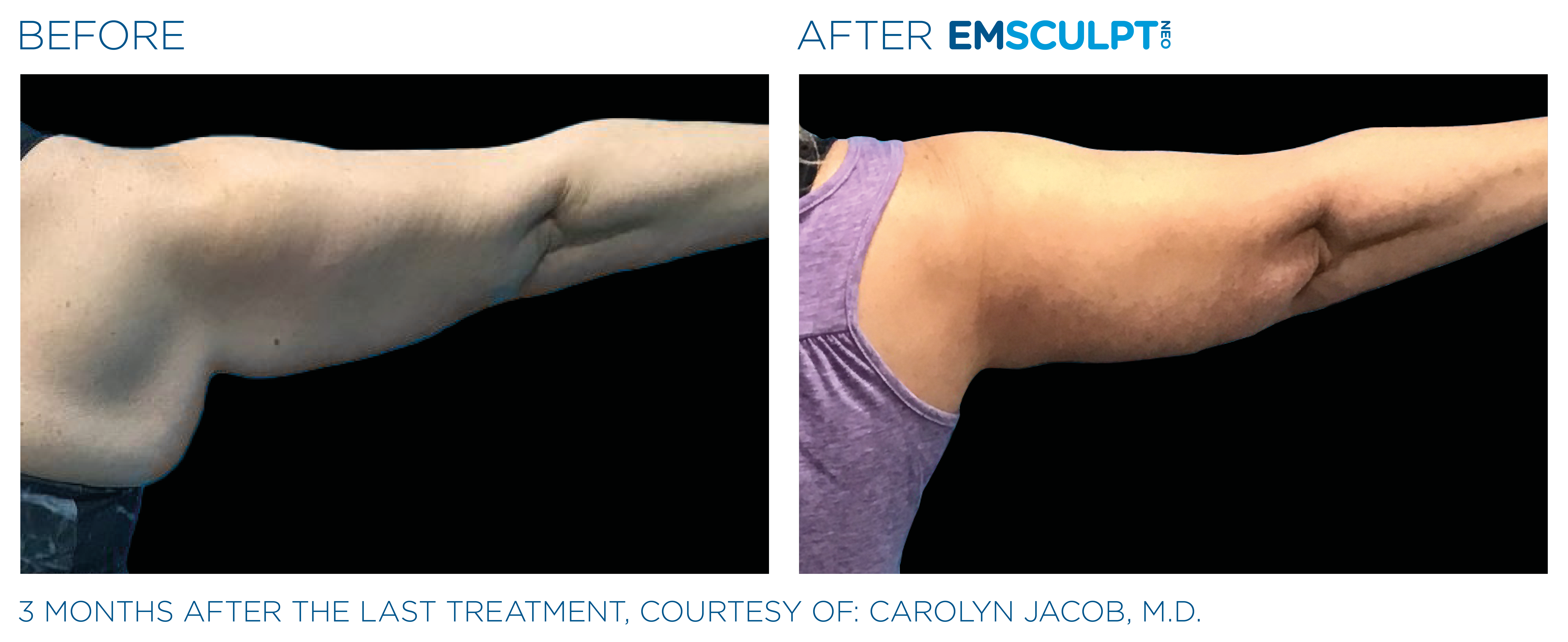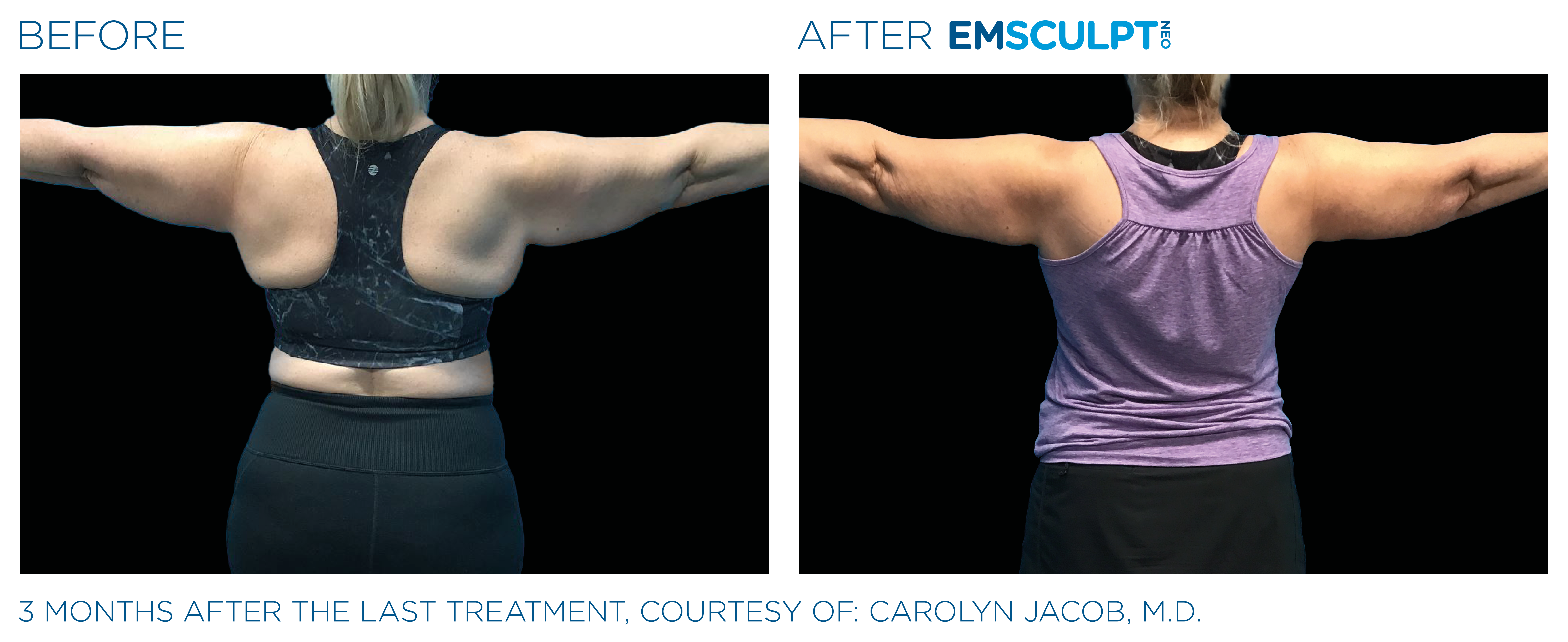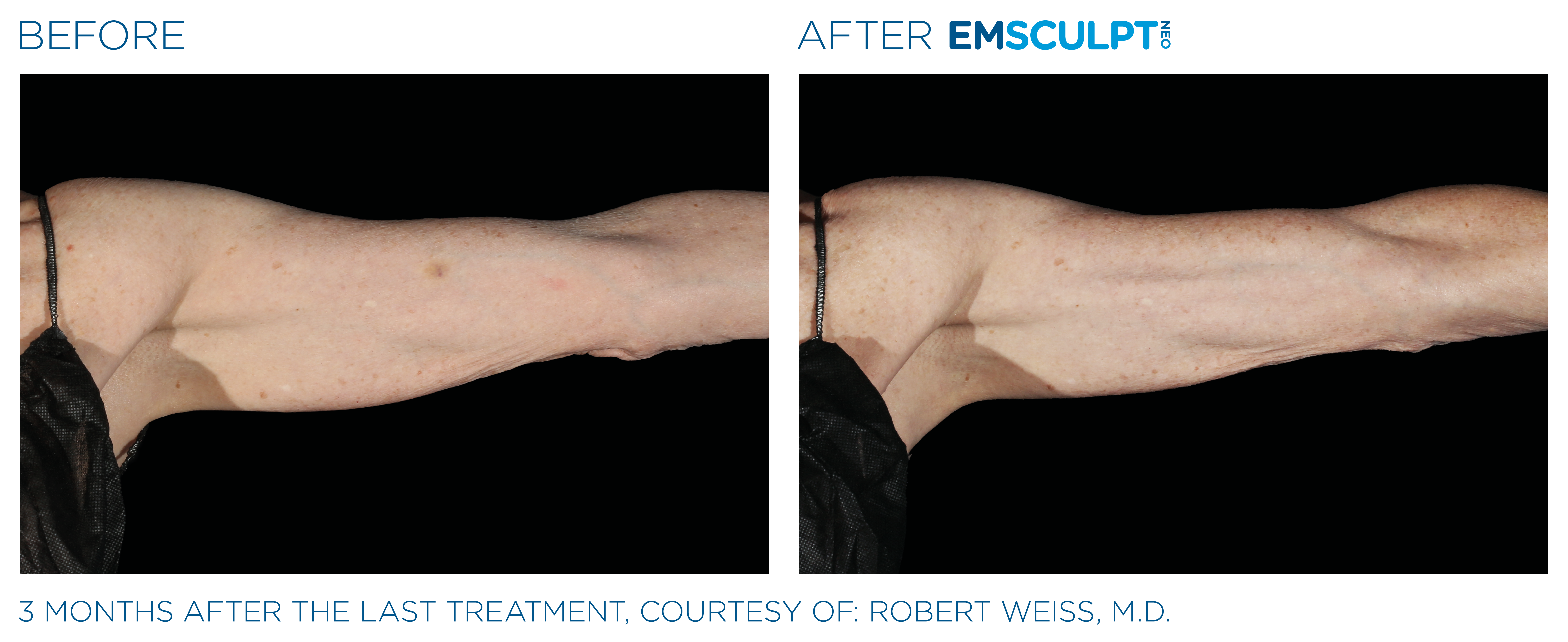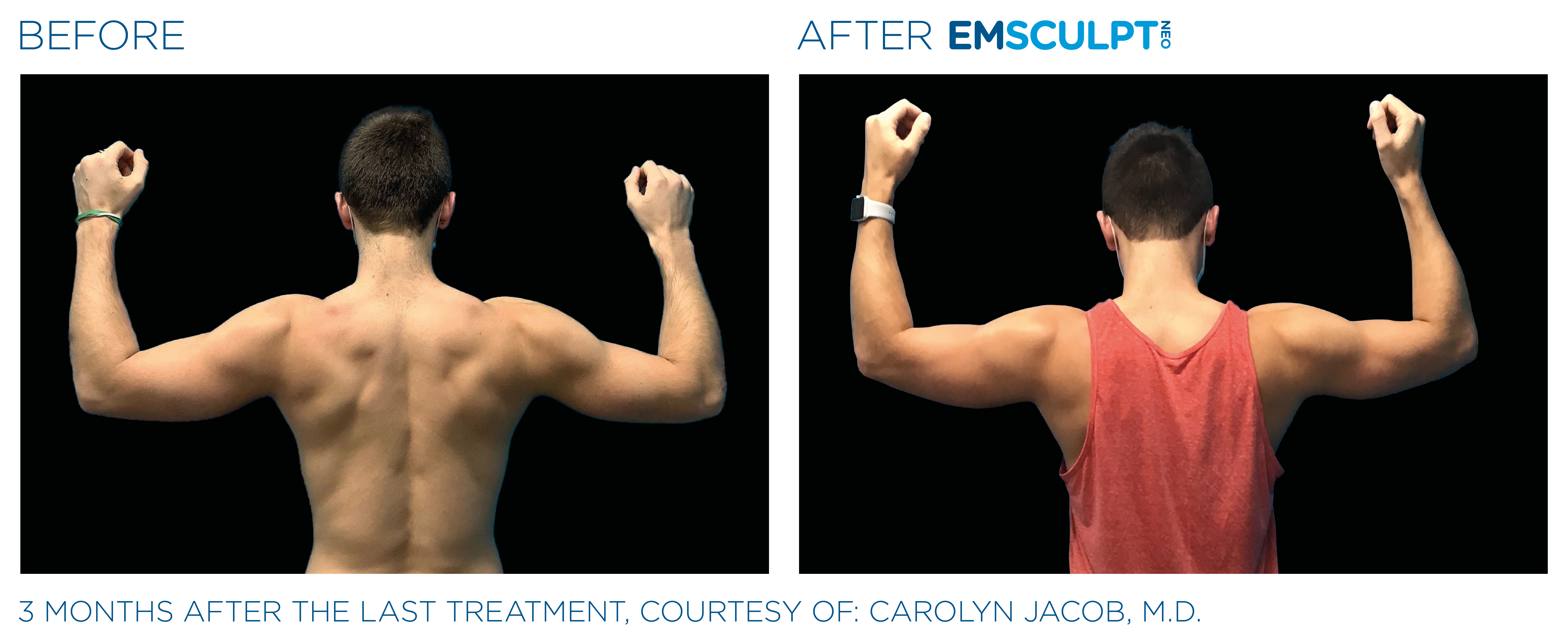What is platelet rich plasma (PRP)?
Platelet rich plasma (PRP) is a type of therapy derived from one’s own blood used to treat many different conditions. Our body is designed to be able to heal from injury and one of the key components of this natural healing response is the function and actions of the platelets. Doctors can harness this healing potential and use it to treat things like tendon and ligament injuries, arthritis, neck, and low back pain. Others use this healing potential to help treat hair loss, restore sexual function, and counteract the effects of aging. In our blood, we have red blood cells, white blood cells, plasma proteins, and platelets. Platelets are cell fragments that have growth factors that can signal a healing response. The issue with a lot of injuries and degenerative conditions is that the affected tissue is designed to have a limited blood supply, so oftentimes, not enough platelets get to the area of injury to heal it fully. If we draw blood, isolate and concentrate the platelets, then a doctor can inject that natural solution to the area of injury in hopes to restore tissue health, resulting in decreased pain and increased function.
What’s the problem?
PRP has many studies that support its efficacy for a variety of orthopedic problems, yet there are also studies that show the contrary. Why is this? Well, one of the big differences between the studies that show PRP as efficacious and those that do not is that the quality of PRP products is very different, with the positive studies using a type of PRP that is highly concentrated and delivering a high dose of platelets. The studies showing PRP as ineffective, use a very low dose of platelets, in fact, one of them uses a product that maybe be fewer platelets than what is normally in an mL of blood (no wonder it didn’t work).
Unfortunately, there are a lot of ways to make PRP, and different clinics choose which way they prefer. The final decision usually comes down to cost, with many of the systems or lab protocols that are less expensive also provide a lower quality product. Furthermore, there is no clear consensus as to what platelet dose or concentration actually is PRP versus not. What this means is that as a consumer who might be interested in these therapies, it’s a good idea for you to ask your doctor how they process PRP and make sure that you are getting a high-quality product.
How do I know if I’m getting a good PRP product?
There are a lot of factors to consider when discussing whether or not a PRP product is good. Here are 3 things to ask about to ensure you are getting a good PRP product and treatment.
1. Your blood:
a. Since this is coming from your own body back into your own body, the healthier you are the better. You don’t have to be young or in great shape for PRP to work, but you should ask your doctor for things that you can do to optimize this therapy. If they don’t know or they don’t mention it to you, I would be concerned. There are things that you can do like intermittent fasting, taking supplements, and exercises to help. In addition, there are things that can interfere with the health of platelets (like ibuprofen and NSAID medications) and should be discontinued prior to your PRP procedure.
2. The blood draw:
a. The single best way to know whether or not you are going to have a high number and high concentration of platelets in the final PRP product is knowing what the starting volume of the initial blood draw is going to be. It’s pretty simple, the more blood that is taken, the more total platelets are available for capture and the more platelets that will be in a small end volume ready for injection (i.e. highly concentrated). If the clinic of interest is only taking 10 mL or 1 tube of blood to make their PRP, this is not going to yield a good PRP product. The math simply does not work. The issue with many of the commercial kits on the market is that in order to get a therapeutic PRP product, you may have to use multiple kits with one patient in order for those kits to be able to accommodate and process enough initial blood volume. Many clinics and some kits, only draw about 60 mL of blood (or about 6 tubes). This is probably not going to yield a great product. On the other hand, when I treat a patient it is not uncommon to draw 180 mL or more of blood to then recover platelets and be concentrated highly. Another step that we take here at RestorePDX, is to count the number of platelets at the baseline initial blood draw and then count a small sample of the final PRP product to see just how good of a sample was produced. I would suggest if you are considering another clinic, be sure to ask them if they count their platelets because if they don’t, there is no way to know if their method of processing the platelets results in a quality PRP product on any consistent basis.
3. The injection:
a. The final consideration is the actual injection itself. Even if you have prepared your body so that you hopefully have an optimal PRP product, and the clinic that processes your PRP does so in a way to yield a high final platelet count and is highly concentrated, there is still another step to ensure a successful treatment: putting the PRP into the right spot to afford a restorative response. Another way to think of it is this, you can have the best product in the world, but if you don’t get it in the right spot it is not going to work. Some of the studies I previously mentioned above about having results unfavorable to PRP, not only did they use a low-quality product, but also they administered it without any image guidance, therefore they may not have put it in the right spot. Using image guidance is a necessity for good outcomes and this needs to be the correct image guidance for the target area operated/administered by a skilled and trained doctor. Image guidance usually involves either ultrasound or fluoroscopic (X-ray) or both methods. X-ray is the standard for spinal and intra-osseous injections, while ultrasound guidance is good for most joints, tendons, and ligaments. If you are considering a PRP injection, ask your doctor if they use image guidance, and what their training in that guidance is. If they are not using image guidance or don’t have specific credentials/training to use that guidance for the area to be treated, you should consider another clinic.
